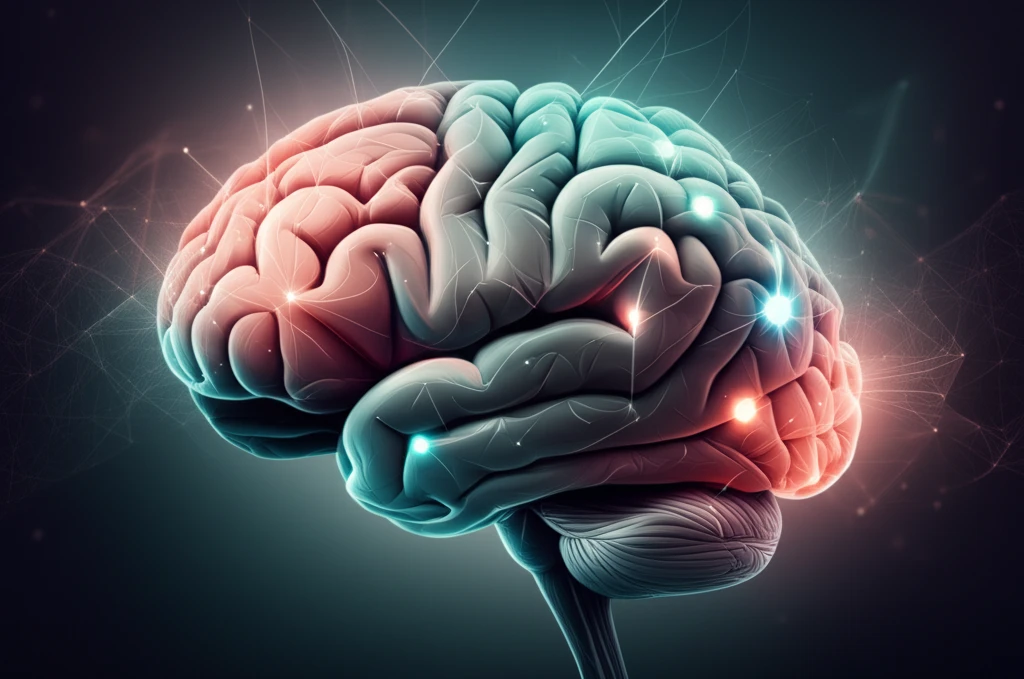
Beyond the Stigma: Understanding and Managing Antipsychotic-Induced Side Effects
"A practical guide to recognizing and mitigating extrapyramidal symptoms (EPS) for patients on antipsychotics."
Schizophrenia is a long-term mental health condition affecting how a person thinks, feels, and behaves. While the causes are complex, involving both genetic and environmental factors, treatments have greatly improved. Second-generation antipsychotics (SGAs) are frequently used due to their effectiveness in managing symptoms. However, these medications can come with side effects, particularly extrapyramidal symptoms (EPS).
EPS refers to a range of movement-related side effects that can include Parkinsonism (symptoms resembling Parkinson's disease), dystonia (involuntary muscle contractions), dyskinesia (involuntary movements), and oculogyric crises (uncontrolled eye movements). While SGAs are generally considered to have a lower risk of EPS compared to older medications, it remains a significant concern for many patients.
This article explores the nature of EPS, delving into why they occur and what can be done to manage them effectively. We'll discuss treatment strategies and new approaches that minimize the impact on patients' lives, bridging the gap between managing mental health and preserving physical well-being.
Why Do Extrapyramidal Symptoms Occur?

EPS primarily arises from the way antipsychotic drugs interact with dopamine receptors in the brain, particularly D2 receptors. Dopamine is a neurotransmitter crucial for motor control, and antipsychotics work by blocking dopamine activity to reduce psychotic symptoms. However, this dopamine blockade can disrupt the delicate balance in brain regions responsible for movement, leading to EPS.
- Dopamine Blockade: Antipsychotics reduce dopamine activity, affecting motor control.
- Medication Type: Older FGAs pose a higher risk compared to newer SGAs.
- Individual Sensitivity: Genetic factors and other medications can influence susceptibility.
Moving Forward: A Holistic Approach to Treatment
Managing schizophrenia and related conditions requires a comprehensive approach. While antipsychotic medications are essential, addressing potential side effects like EPS is equally important. Open communication between patients, caregivers, and healthcare providers is key to identifying and managing these challenges effectively.
The development of newer antipsychotics with different mechanisms of action offers hope for minimizing EPS. Partial dopamine agonists and medications with serotonin receptor modulation can provide symptom relief with a lower risk of motor side effects. However, each individual's response to medication varies, and careful monitoring is always necessary.
Ultimately, the goal is to find a treatment plan that effectively manages mental health symptoms while preserving quality of life. By understanding EPS and utilizing the available strategies, patients can lead fuller, more active lives.
